












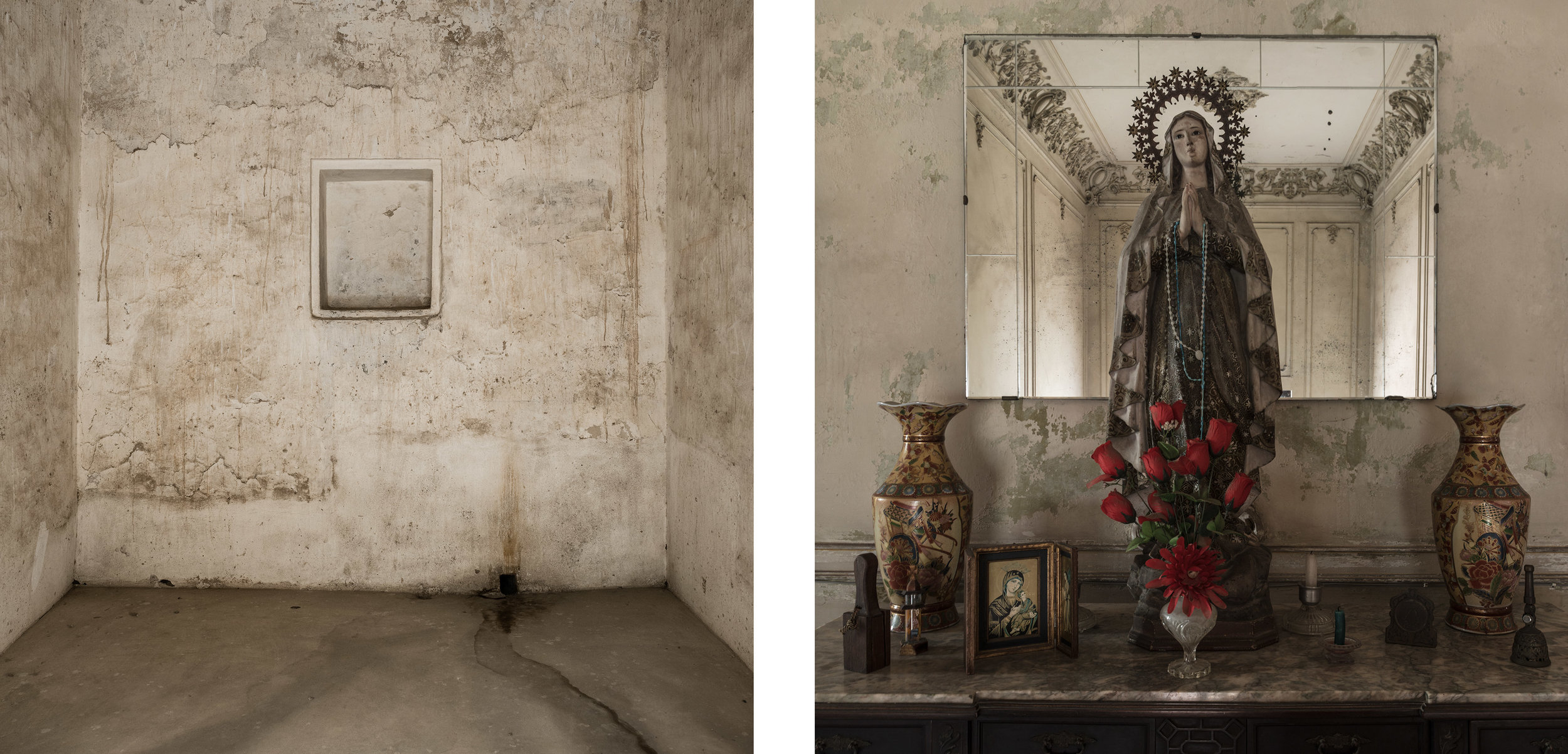








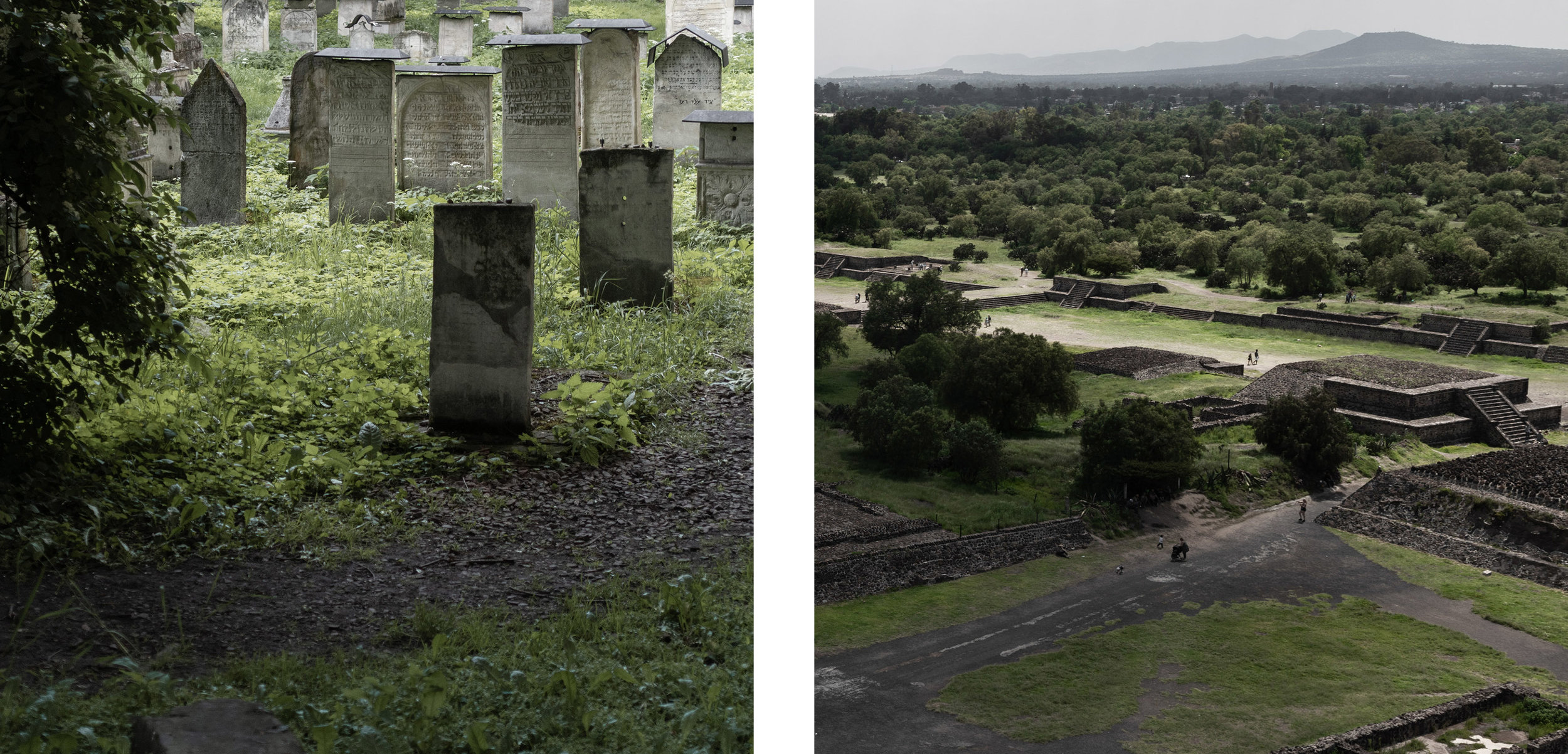


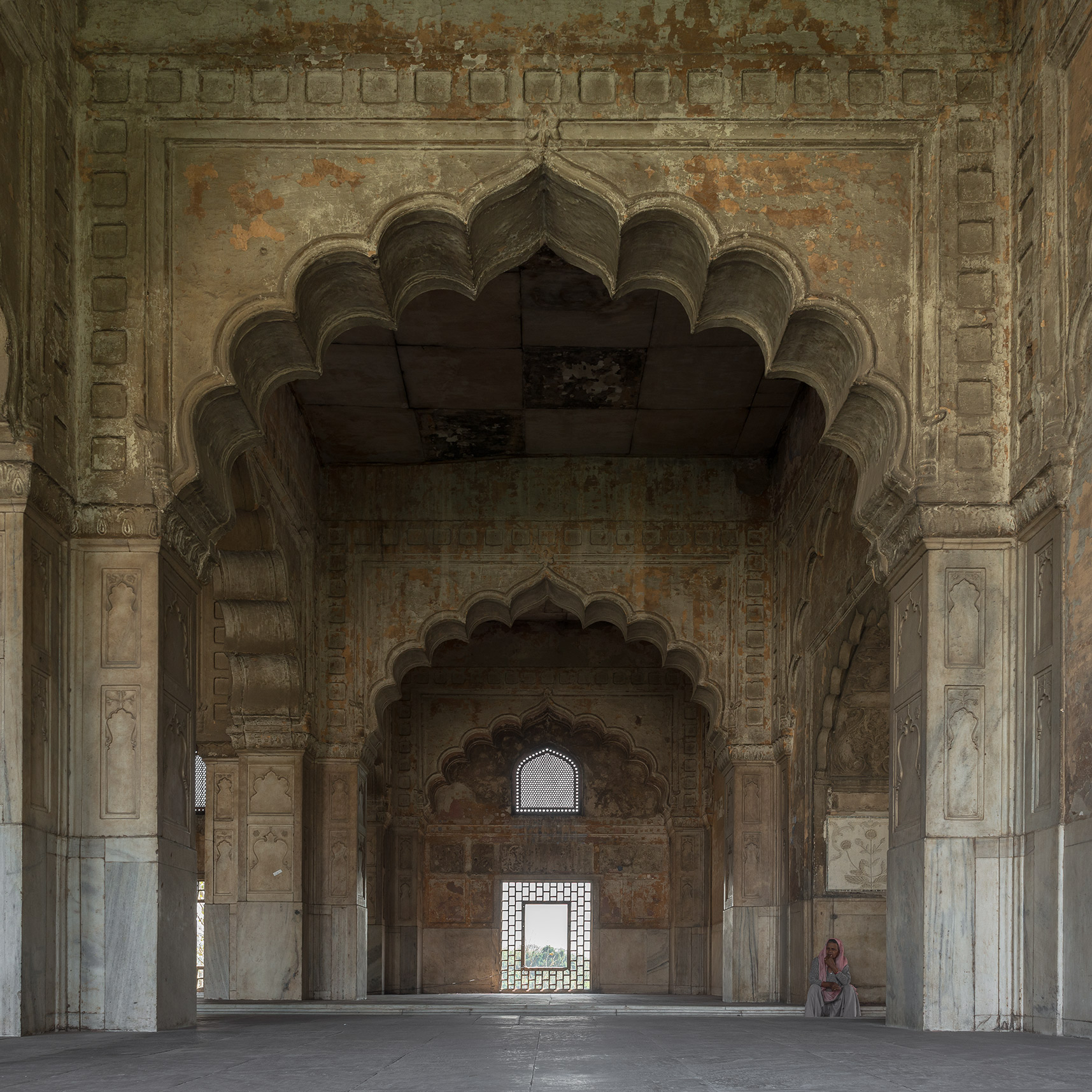


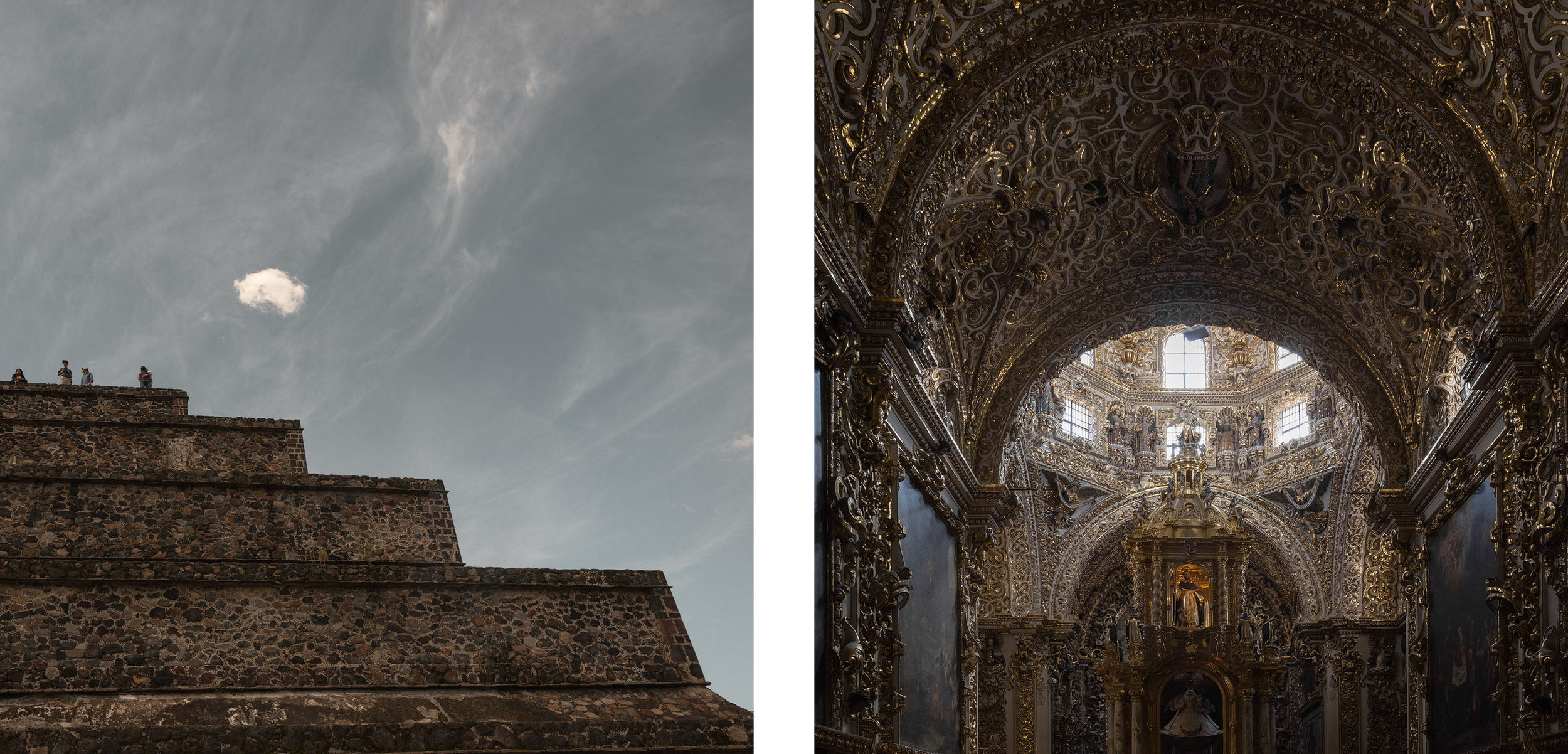


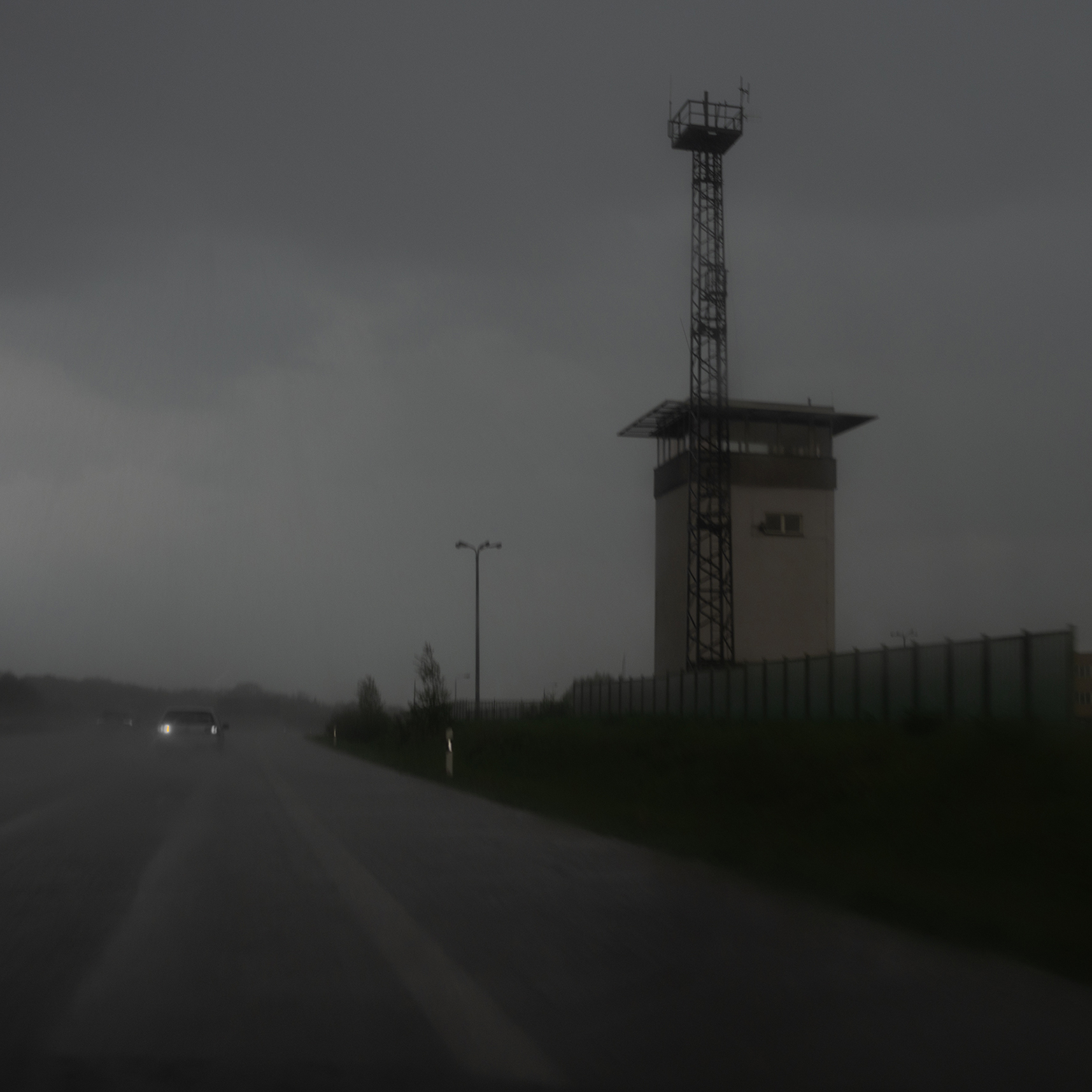
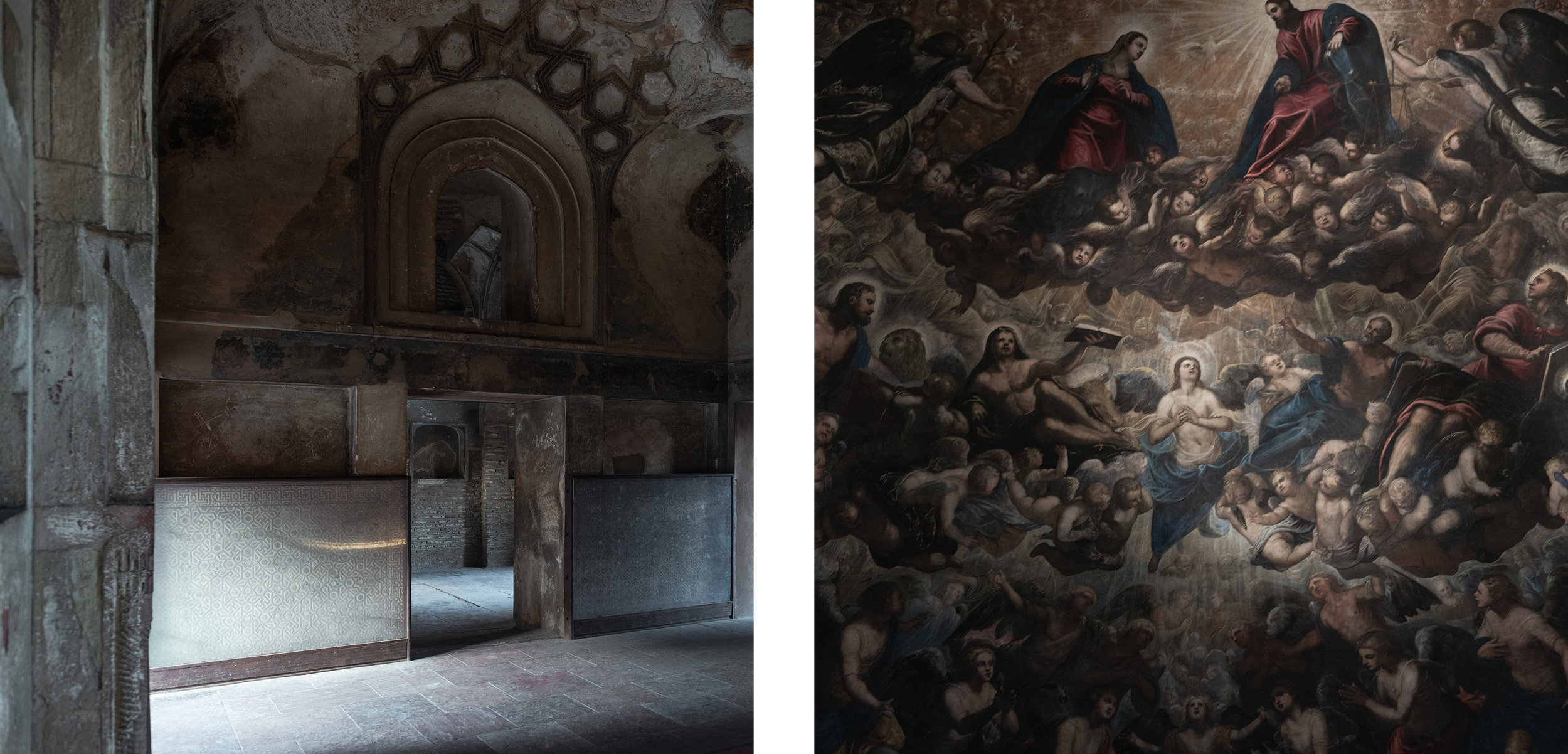

Oculus (2018-2019) Beliefs and Religions: Exploring Similarities / Dissimilarities. A Visual Essay.
No matter what cultural context we grew up in, we are shaped by it. The way we think, distinguish, and interact with others is influenced by attributes that are much older than we are, that we have not developed ourselves, and that we unconsciously adopt. Identity is formed through adaptation, but above all through demarcation and affirmation in front of the "other". No less important are the religious structures, the patterns, the regulations that shape our society and, therefore, also the tools with which we think. But also social norms, closely linked to religious ones, as well as the context of our education and socialization, are often internalized and automated components of our judgment.
Based on a wide variety of beliefs, represented by images, which are in dialogue with each other, this project, explores questions and practices about the human need to search for meaning. These images were taken in different parts of the world, with the purpose of visualizing and recognizing the differences and similarities between them, in order to have the capacity to familiarize with them and thus have more acceptance of other ways of believing.
Perceived intergroup similarity/dissimilarity is a crucial factor determining attitudes towards other groups, and correlate also with conflict. Which beliefs matter when we’re talking about these correlations? Do we mean a belief paradigm, like those consistent with many religions? Or do we mean beliefs related to a group’s (or individual’s) relative welfare, such as humiliation? Or do we mean beliefs which relate to how individuals and societies view those outside of their particular in-group, such as nationalism or racism?
The study of individual beliefs and belief systems may have the potential to provide valuable insights into the drivers of many conflicts. These conflicts have a severe impact on the stability of many regions of the world. All faiths have their accepted dogma, or articles of belief, that followers must accept without question. This can lead to inflexibility and intolerance in the face of other positions. At the same time, scripture and dogma are often vague and open to interpretation. What specific elements of beliefs led to an escalation of antagonism and intergroup tension and then to actual conflict? Are certain material conditions necessary in order for this escalation to occur? What roles do group leadership, governance, and institutions play? Too often we turn to explanations of conflict driven by our perceptions of belief systems rather than the objective realities of individuals and societies in conflict. The argue that the actions of individuals who collectively constitute societies in conflict are the result of innumerable motivations, many of which are subconscious in nature. As such the moral or ideational reasons individuals give to justify their actions are largely a means of providing afterwards meaning to actions which were in reality the result of motivations having very little to do with individual or societal beliefs. How should research contend with these opposing views?
At a time when the fate of the world is frightfully unknown, some defend uncertainty as a form of faith and hope. How can we succeed in refraining from the assertion of the one, the resulting distinction and the antagonism, and in entering into conversation? How can we search for exclusionary structures in one's own life and to name cultural attributions and symbols that are tools of mutual oppression?
Interfaith dialogue would be beneficial at all levels of beliefs hierarchies and across all segments of religious communities. Where silence and misunderstanding are all too common, fighting ignorance about other beliefs may facilitate understanding and respect for other faiths and ways of thinking. Communicating in a spirit of humility and engaging in self-criticism would also be helpful.